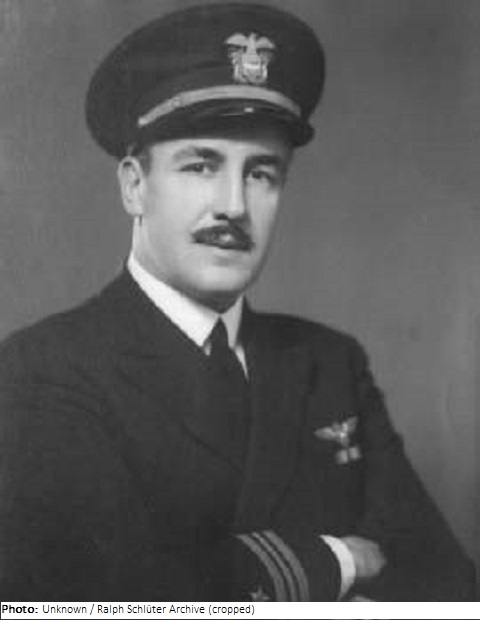Alfred Poor

Biographical information
| Roles | Competed in Olympic Games |
|---|---|
| Sex | Male |
| Full name | Alfred Easton•Poor |
| Used name | Alfred•Poor |
| Born | 24 April 1899 in Baltimore, Maryland (USA) |
| Died | 13 January 1988 in New York, New York (USA) |
| NOC |  United States United States |
Biography
Although he also competed with his work Wrestlers in the painting section, Alfred Poor was best known as one of America’s most influential 20th century architects. His father was Charles Lane Poor, a famous astronomer. Alfred studied at Harvard and at the University of Pennsylvania under Paul Philippe Cret. Thanks to a scholarship he was able to spend his final year in Paris at the École des Beaux-Arts in Paris and the American Academy in Roma. He served in the Navy in both World Wars. His projects, predominantly in the neoclassical style, are mostly located in New York City and in Washington, DC, where he worked for the Federal Government.
He was also the principal architect for the US Library of Congress’ James Madison Memorial Building. Some of his projects in New York were the Jacob K. Javits Federal Building, the Queens County Courthouse and Prison in Kew Gardens, the Home Insurance Company Building, and the Red Hook housing project, but also included numerous branch offices of major banks and country homes. In Philadelphia he built the Annenberg School on the campus of his former university. In 1931, they designed the Cape Cinema in Dennis, Massachusetts, a building which is still in operation with a New England style exterior contrasting with a wonderful Art Deco Interior. His graphic work mostly comprised architectural motives, and he also authored a number of books on design and architecture. From 1966-77 Poor was the president of the National Academy of Design in New York.
One of his most prominent works is the Wright Brothers National Memorial, which he designed together with Robert Rodgers and submitted to the 1932 architecture competition. In 1930, the partners were awarded the commission for the Wright Brothers National Memorial to be erected at Kitty Hawk, North Carolina, where the Wright brothers made their first powered flights in 1903. The design of this memorial was submitted for the 1932 art competition. The monument, built in 1931-32, represents a stylized wing. It is about 18 m high, consists of about 1,200 tons of granite and stands on a foundation in the form of a five-pointed star, similar to the Statue of Liberty in the harbor entrance of New York. In 1936, Poor submitted a project for the Airport in Rio de Janeiro. In the same year, Calabouço Airport (today Santos Dumont Airport) was opened based on plans of a Brazilian architecture firm. Poor may also have applied for it with a draft.
Results
| Games | Discipline (Sport) / Event | NOC / Team | Pos | Medal | As | |
|---|---|---|---|---|---|---|
| 1932 Summer Olympics | Art Competitions |  USA USA |
Alfred Poor | |||
| Architecture, Further Entries, Open (Olympic) | Robert Rodgers | |||||
| Painting, Unknown Event, Open (Olympic) | ||||||
| 1936 Summer Olympics | Art Competitions |  USA USA |
Alfred Poor | |||
| Architecture, Further Entries, Open (Olympic) |